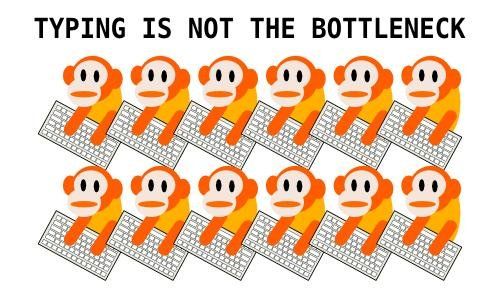Hiring is one of the most impactful decisions for any organisation. The wrong person can badly impact the culture and performance of the organisation, absorb time in performance management and be a significant distraction.
Informal recruitment processes are leaving things down to chance.
Inefficient processes consume time and risk losing top candidates who move quickly.
This is why fixing the recruitment process is typically one of my first priorities when working with organisations.
Having interviewed thousands and hired hundreds over the past two decades, here are my top tips:
All candidates should have a positive experience
Whether or not a candidate gets the role, they should leave with a positive impression. A poor experience not only harms your brand but can dissuade other candidates from applying.
- Being warm, friendly, and engaging throughout the process costs nothing, and it doesn’t prevent you from asking tough questions.
- Give constructive feedback to unsuccessful candidates so they know where they can improve.
Short Lead Times
It’s all too common for the time from CV received to decision made to be a very lengthy process, often taking months.
- Aim for a two week turnaround from CV received to decision made.
- Much of the following advice is for how you can achieve this 👇
Start with a brief screening call
To make sure a candidate is a basic fit, get eligibility information and to introduce them to your company, and the recruitment process.
- If you’re working with a recruiter, ideally empower them to handle this stage (if properly briefed).
- It’s important this conversation isn’t just a box-ticking exercise. It sets the tone for the rest of the process, so make sure it’s welcoming and informative.
Pre-booked interview slots
So much time is lost in calendar tennis for scheduling interviews. Avoid this by agreeing, and putting in place, pre-booked interview slots upfront in interviewers’ calendars. Whoever is engaging with candidates can then offer them any of the available pre-booked slots. If they can’t do any of them you can always compromise and try and find other times, but make this route one.
Schedule all stages up front
Again, this saves time for both the candidate and your organisation, and gives the candidates clarity on timelines. If you’re doing multiple stages, there’s no reason why you can’t cancel a further stage if you don’t consider it’s worth proceeding with the candidate, just let them know up-front that you may do this.
Do as many stages as you can in one go
Consolidating interview stages reduces cycle times significantly. While you may end up spending more time with candidates who may not progress, you’ll save more overall by avoiding the delays of additional scheduling and decision-making between stages.
If you’re concerned about wasted effort, you can always tell the candidates up front that you may choose to finish the interview early if it’s clear to you it’s not progressing well.
Structured interviews
Every interview should be structured, with the same scripted questions for all candidates and scoring indicators for responses.
This reduces bias, ensures consistency, and simplifies decision-making. You never use scoring indicators as a pass or fail, they just help inform your decision.
I’ve developed interview templates where each stage has its questions and scoring indicators on the same form.
Two interviewers in each stage
This has several benefits:
- One can focus on the candidate while the other takes notes.
- It avoids leaving decisions to a single viewpoint.
- It provides an opportunity to train future interview leads.
- It allows candidates to meet more team members.
The second interviewer doesn’t have to be sitting there quietly, they can take part in asking follow up questions and responding to candidate questions.
The interview forms I mentioned previously? Use them as a shared document in e.g. Google or OneDrive and interviewers can see the notes as they’re typed, and make their own comments and observations.
Same-day candidate debrief
Debrief as quickly as possible after each stage or at the end of all interviews. The structured format, shared notes, and scoring indicators will help you avoid lengthy debate, maintain consistency and make timely decisions.

